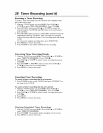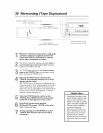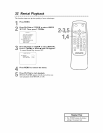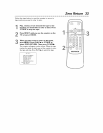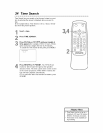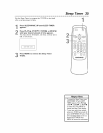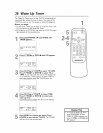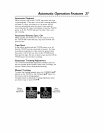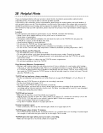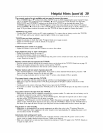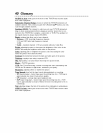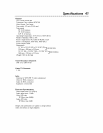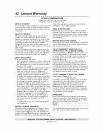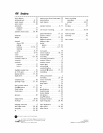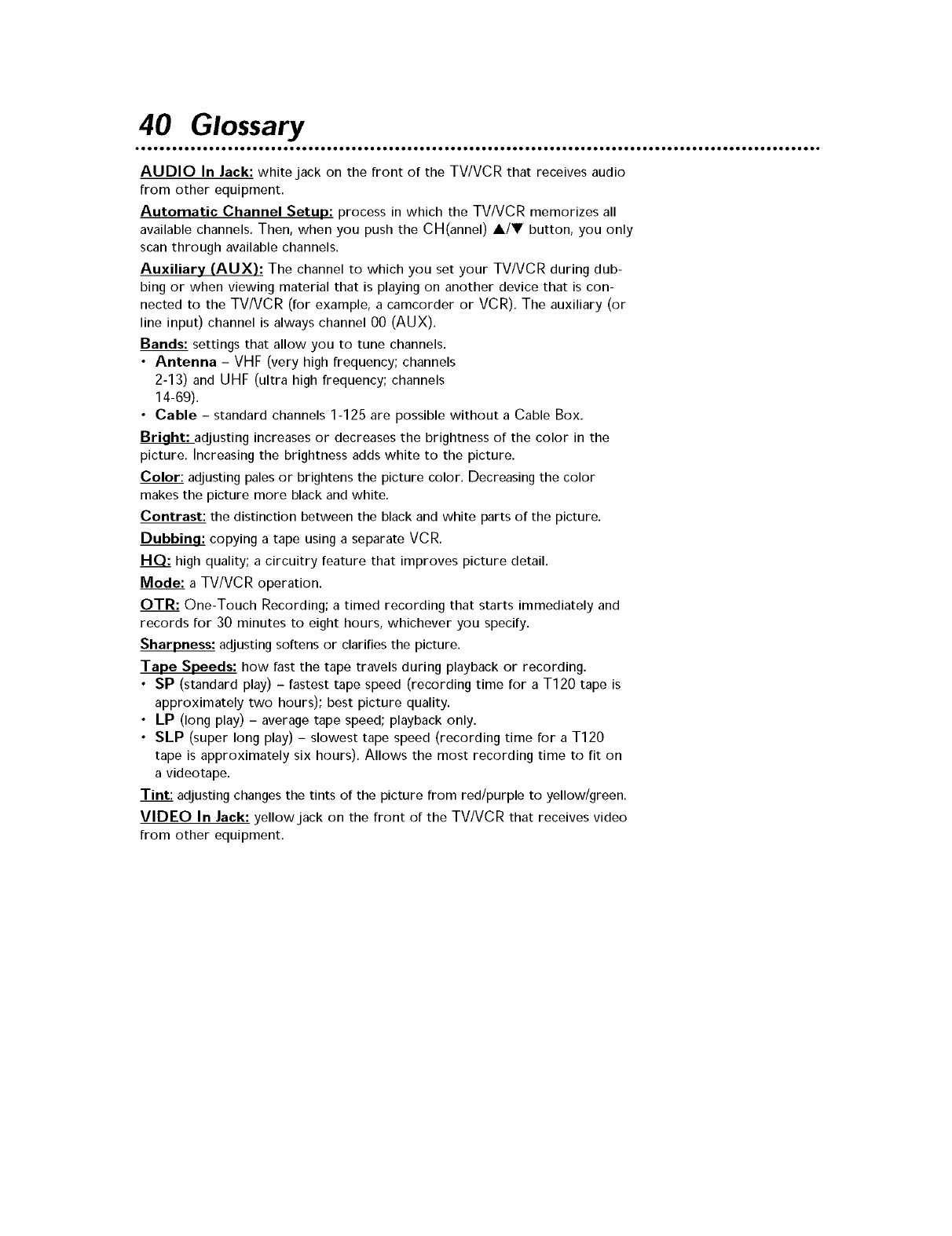
40 Glossary
AUDIO In Jack: white jack on the front of the TV/VCR that receives audio
from other equipment.
Automatic Channel Setup: process in which the TV/VCR memorizes all
available channels. Then, when you push the CH(annel) A/V button, you only
scan through available channels.
Auxiliary (AUX): The channel to which you set your TV/VCR during dub-
bing or when viewing material that is playing on another device that is con-
nected to the TV/VCR (for example, a camcorder or VCR). The auxiliary (or
line input) channel is always channel 00 (AUX).
Bands: settings that allow you to tune channels.
• Antenna - VHF (very high frequency; channels
2-13) and UHF (ultra high frequency; channels
14-69).
• Cable - standard channels 1-125 are possible without a Cable Box.
_adjusting increases or decreases the brightness of the color in the
picture. Increasing the brightness adds white to the picture.
Color: adjusting pales or brightens the picture color. Decreasing the color
makes the picture more black and white.
Contrast: the distinction between the black and white parts of the picture.
Dubbinq: copying a tape using a separate VCR.
high quality; a circuitry feature that improves picture detail.
Mode: a TV/VCR operation.
OTR: One-Touch Recording; a timed recording that starts immediately and
records for 30 minutes to eight hours, whichever you specify.
Sharpness: adjusting softens or clarifies the picture.
Tape Speeds: how fast the tape travels during playback or recording.
• SP (standard play) - fastest tape speed (recording time for a T120 tape is
approximately two hours); best picture quality.
• LP (long play) - average tape speed; playback only.
• SLP (super long play) - slowest tape speed (recording time for a T120
tape is approximately six hours). Allows the most recording time to fit on
a videotape.
Tint: adjusting changes the tints of the picture from red/purple to yellow/green.
VIDEO In Jack: yellow jack on the front of the TV/VCR that receives video
from other equipment.



